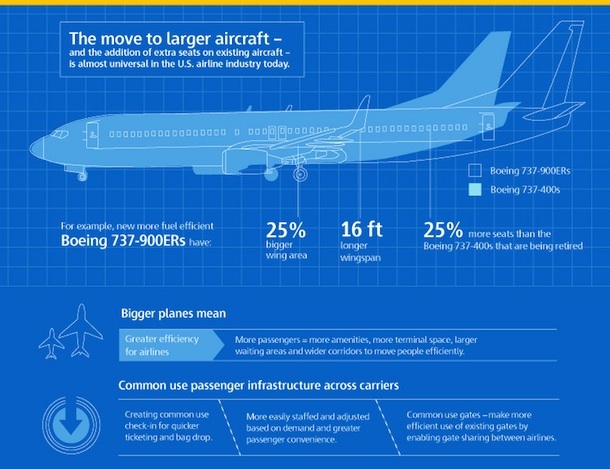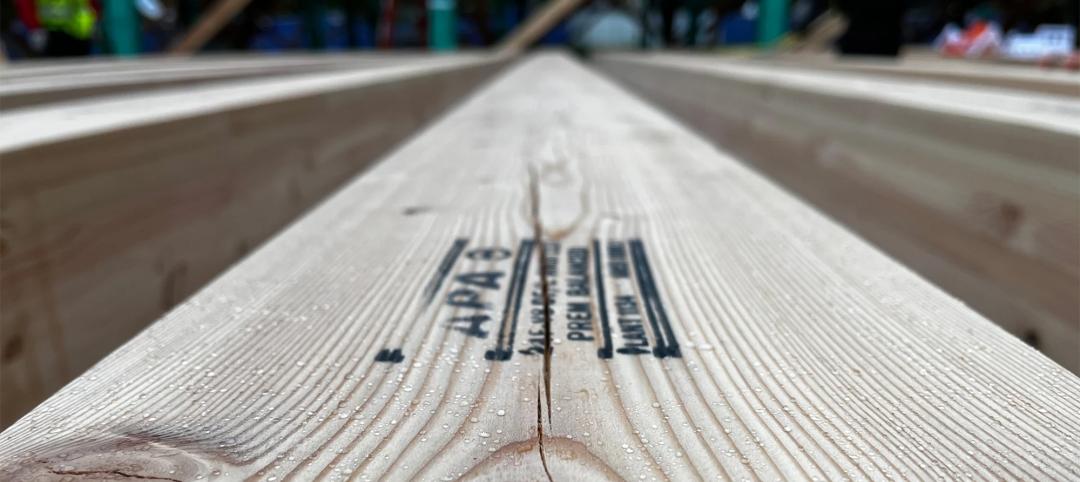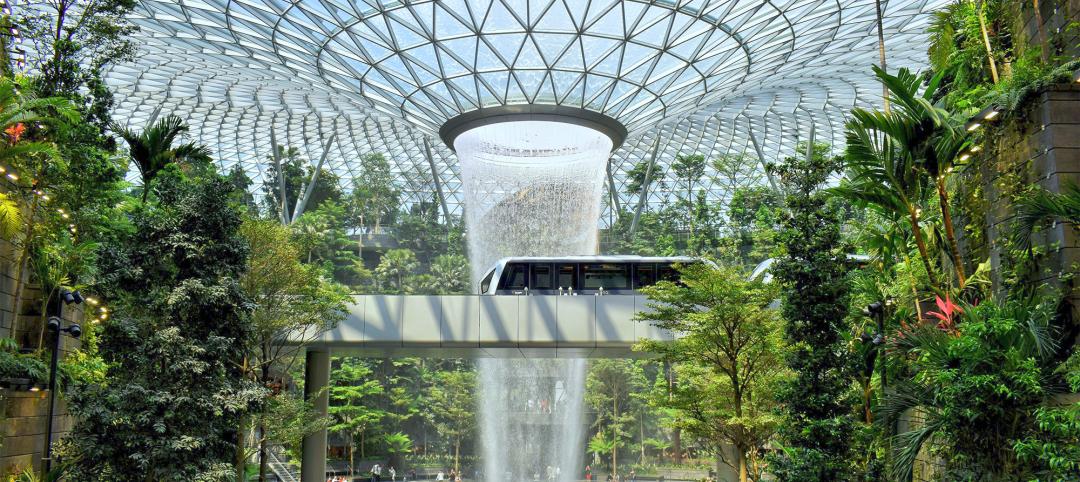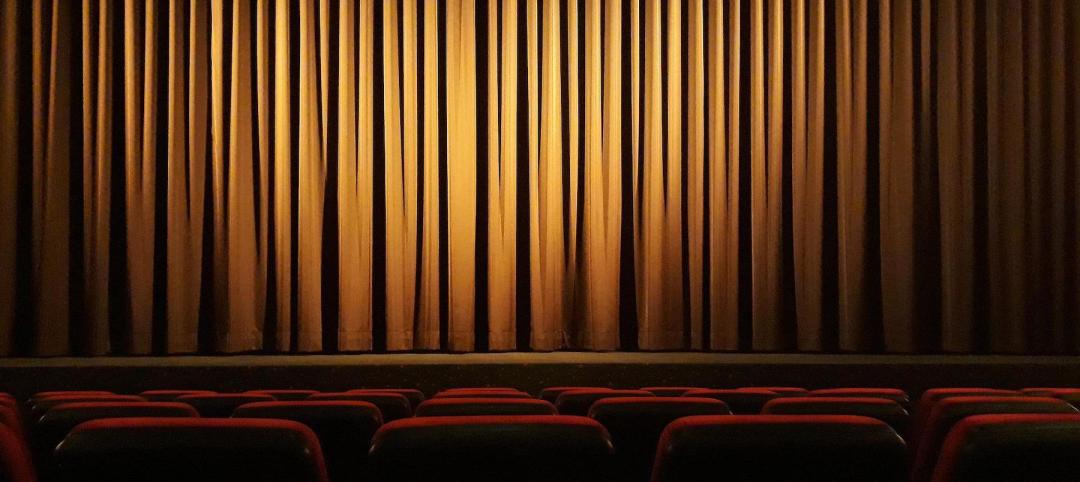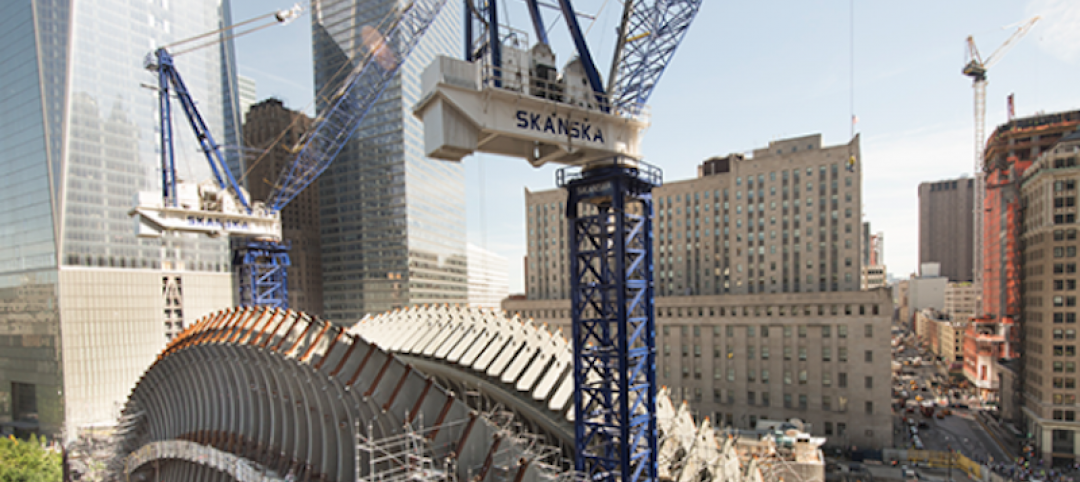Next week, millions of Americans will hit the road and take to the sky for Thanksgiving and holiday season travel. In some ways, that’s more of the same: at any time of year, American airports are some of the busiest in the world, and the Thanksgiving holiday is perennially one of the busiest travel times of the year.
Yet as demand has increased over the years, much of our aviation infrastructure largely has not kept pace. Many of our aviation facilities are outdated and in need of major renovations in order to ensure public safety, maximize efficiency, and enhance the customer experience.
But that dynamic is starting to change. Safety, the new economics of flight, and consumer demand are three of the major factors shaping how airlines and airport officials are approaching the need for upgrades and renovations.
Post-9/11 security concerns are being addressed in the context of a desire for greater efficiency in passenger traffic flow, prompting airports to rethink how they lay out checkpoints and process passengers.
Trends in aviation like upgauging (the switch to larger, more fuel efficient jets) mean adjusting terminal layouts to accommodate wide-bodied aircrafts and more passengers. And air carriers and airports are making changes in response to new consumer expectations, undertaking major renovations to airport common areas, with airports adding everything from local restaurants rather than national chains, to replacing their smoking lounges with yoga rooms.
To understand how all these trends are shaping the construction of the airport of the future, check out our aviation infographic:

About the Author
MacAdam Glinn is Vice President and National Director of Skanska USA's Aviation Center of Excellence.
Read more posts on Skanska's Constructive Thinking blog
More from Author
Skanska | Sep 26, 2024
5 lessons in water mitigation for mass timber projects
Sustainability leaders from Skanska, RDH, and Polygon share five tips for successful water mitigation in mass timber construction.
Skanska | May 6, 2024
The benefits of biophilic design in the built environment
Biophilic design in the built environment supports the health and wellbeing of individuals, as they spend most of their time indoors.
Skanska | Dec 4, 2023
4 key innovations and construction trends across airport design
Here are some of the key trends Skanska is seeing in the aviation sector, from congestion solutions to sustainability.
Skanska | Jun 29, 2023
K-12 school construction: 5 ways strong community relations can lead to success
When constructing a K-12 school, building positive relationships with the community—including students, parents, school staff and residents—is critical to the success of the project. Here are five ways Skanska puts the community first when building K-12 schools in the Pacific Northwest.
Skanska | Mar 14, 2023
Skanska tests robots to keep construction sites clean
What if we could increase consistency and efficiency with housekeeping by automating this process with a robot? Introducing: Spot.
Skanska | Jan 27, 2023
Key takeaways from Autodesk University 2022
Autodesk laid out its long-term vision to drive digital collaboration through cloud-based solutions and emphasized the importance of connecting people, processes and data.
Skanska | Dec 5, 2022
5 ways sustainability professionals can help reduce construction's carbon footprint
Mark Chen, Sustainability Manager at Skanska, has found five specific ways to help the construction industry reduce its carbon footprint.
Skanska | Jul 5, 2022
Tour the new Patricia Reser Center for the Arts in Oregon
This month, the community of Beaverton, Oregon, welcomed a new haven for artistic expression with the opening of Patricia Reser Center for the Arts (The Reser).
Skanska | Jun 22, 2018
What owners should know before choosing the design-build project delivery method
Outside of drawing up a well-written contract, owners often overlook a key attribute that can significantly impact the success of a design-build project, writes Skanska’s Julie Hyson.
Skanska | Dec 7, 2017
Busting the myths: What the “S-word” can mean for construction and development
Sustainability, it’s a trendy term. The problem, however, is that it’s being used in so many different ways that people don’t even know what it means anymore.

